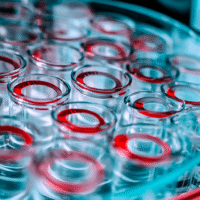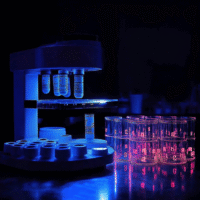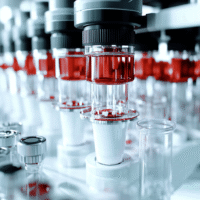Understanding the Study Results
This study looked at a new treatment for patients with high-risk acute myeloid leukemia (AML) who have received a stem cell transplant. The goal was to see if combining two drugs, chidamide and azacitidine, could help prevent the cancer from coming back.
What Worked?
- The treatment showed promise in preventing relapse, with only 8.4% of patients relapsing within two years.
- 91.6% of patients remained free of relapse after two years.
- 97.9% of patients were alive two years after treatment.
What Didn’t Work?
- Four patients did relapse, and one sadly passed away due to leukemia returning.
- Some patients experienced side effects like low blood counts, but these were generally manageable.
How This Helps Patients and Clinics
This research suggests that the combination of chidamide and azacitidine could be a safe and effective way to help prevent cancer from returning after a stem cell transplant. This is important because relapse is a major concern for patients with high-risk AML.
Real-World Opportunities
- Hospitals can consider using this dual treatment approach for patients at high risk of relapse after a stem cell transplant.
- Doctors can monitor patients closely for signs of relapse and manage side effects effectively.
Measurable Outcomes to Track
- Rate of relapse in patients treated with chidamide and azacitidine.
- Overall survival rates of patients after treatment.
- Incidence of side effects, especially hematological toxicity.
AI Tools to Consider
Clinics can explore AI tools that help in tracking patient data and predicting relapse risks based on treatment responses. These tools can assist in personalizing patient care.
Step-by-Step Plan for Clinics
- Start by educating the medical team about the new treatment and its potential benefits.
- Identify patients who are at high risk for relapse after stem cell transplant.
- Begin with a small group of patients to monitor the treatment’s effectiveness and side effects.
- Gather data on patient outcomes and adjust treatment plans based on findings.
- Gradually expand the use of this treatment as more data becomes available and confidence grows.
For more detailed information about the study, please visit this link.


























